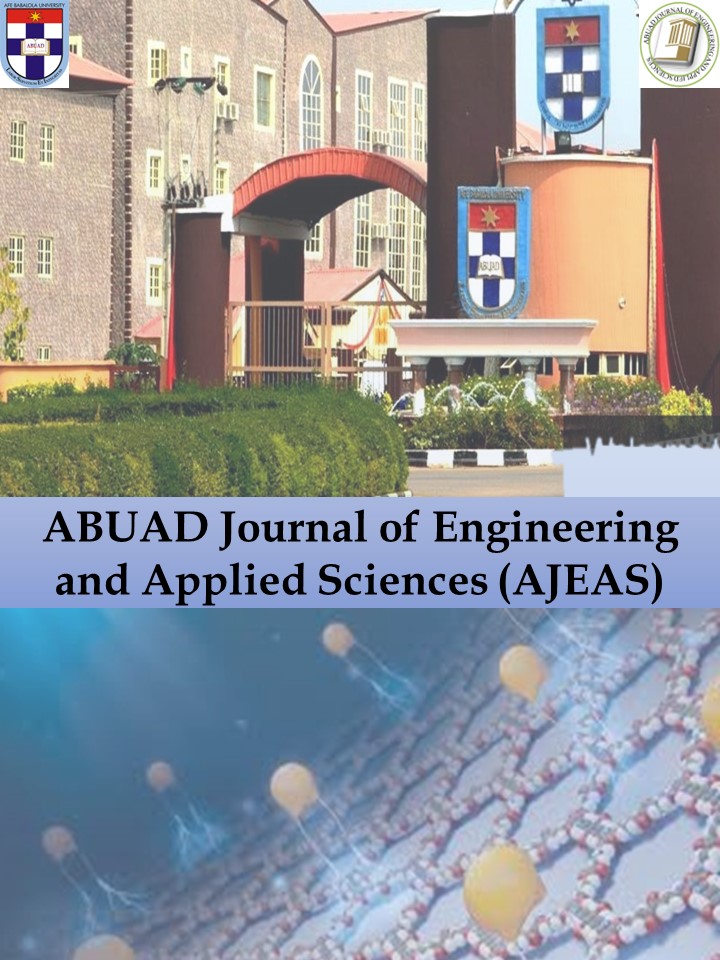Empirical Study of Grewia Gel as an Alternative Thickening Agent in Hydraulic Fracturing Fluid
Main Article Content
Abstract
This research work studied a new fracturing fluid material (Grewia gel) that can be used in stimulating oil and gas wells. The local base bio-polymer was sourced within the Bayara community in Bauchi, Bauchi State. The gel was extracted by hydrating the dried Grewia sample in water for 24 hours. The mixture was then stirred and passed through a muslin bag to remove extraneous materials. The filtrate was dried in an oven at 50 °C for 24 hours and subsequently dry-milled. The dried product was passed through a 1.0 mm sieve and stored in an air-tight container. A combination of analytical techniques such as Fourier Transform Infrared Spectroscopy (FT-IR), Filtration Control Test (FCT), and Thermogravimetric Analysis (TGA) was used to characterise the sample. The experiment was designed using the Box Behnken Design (BBD) model, where independent variables such as pH, gel, and cross-linker concentration and the dependent variables of viscosity and gel strength were considered. The effect of the independent variables on the responses was studied. The optimum composition of the fluid sample was found to be 29.91 pptg of the gel sample and 5.16 pptg of borate crosslinker at a pH condition of 9.59. Experimental results showed that the rheological characteristic of the gel is comparable with guar gum over the shear and temperature ranges under study and suitable for temperatures up to 160 °F. In addition, the gel has a better aqueous solubility (92%) when compared to the conventional guar gum with 85%. The Grewia gel can be considered a promising alternative for its application in the petroleum industry as a fracturing fluid gelling agent owing to its improved solubility, rheology, thermal stability, proppant suspension ability, and cheaper cost when compared to the imported guar gum.
